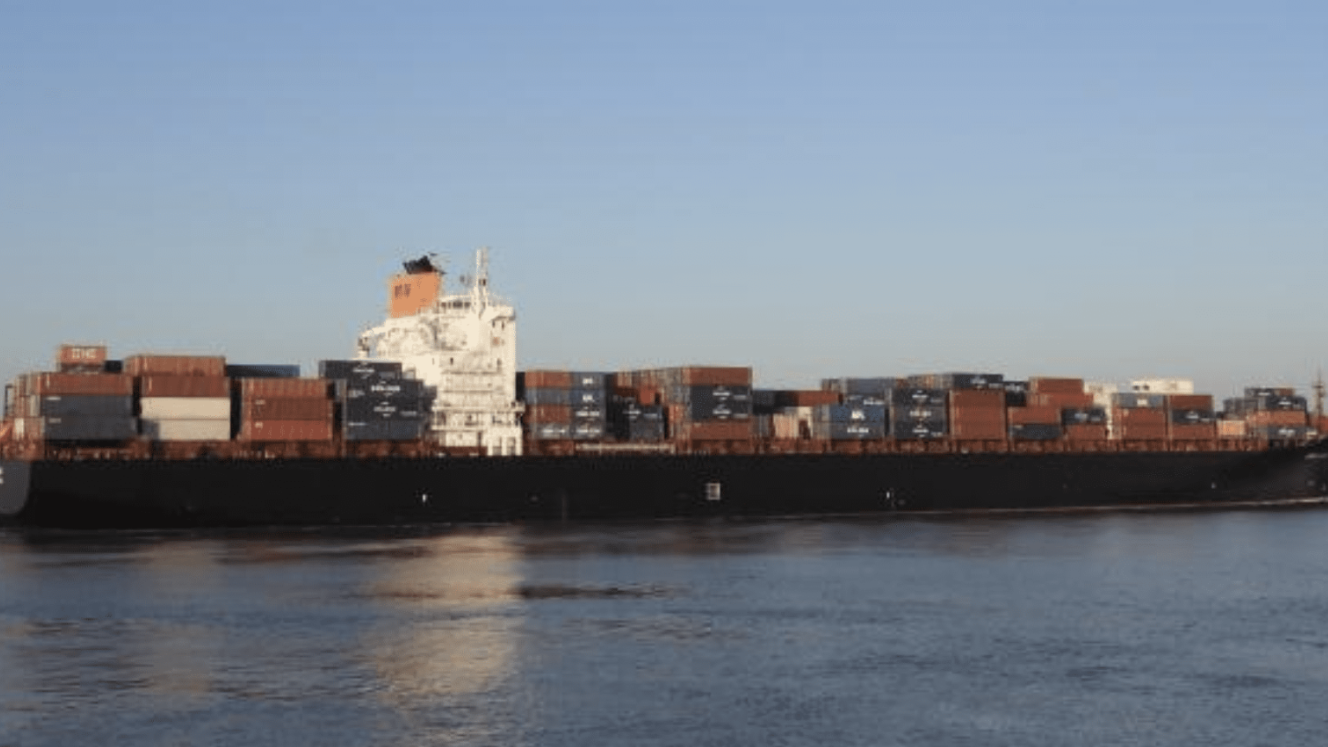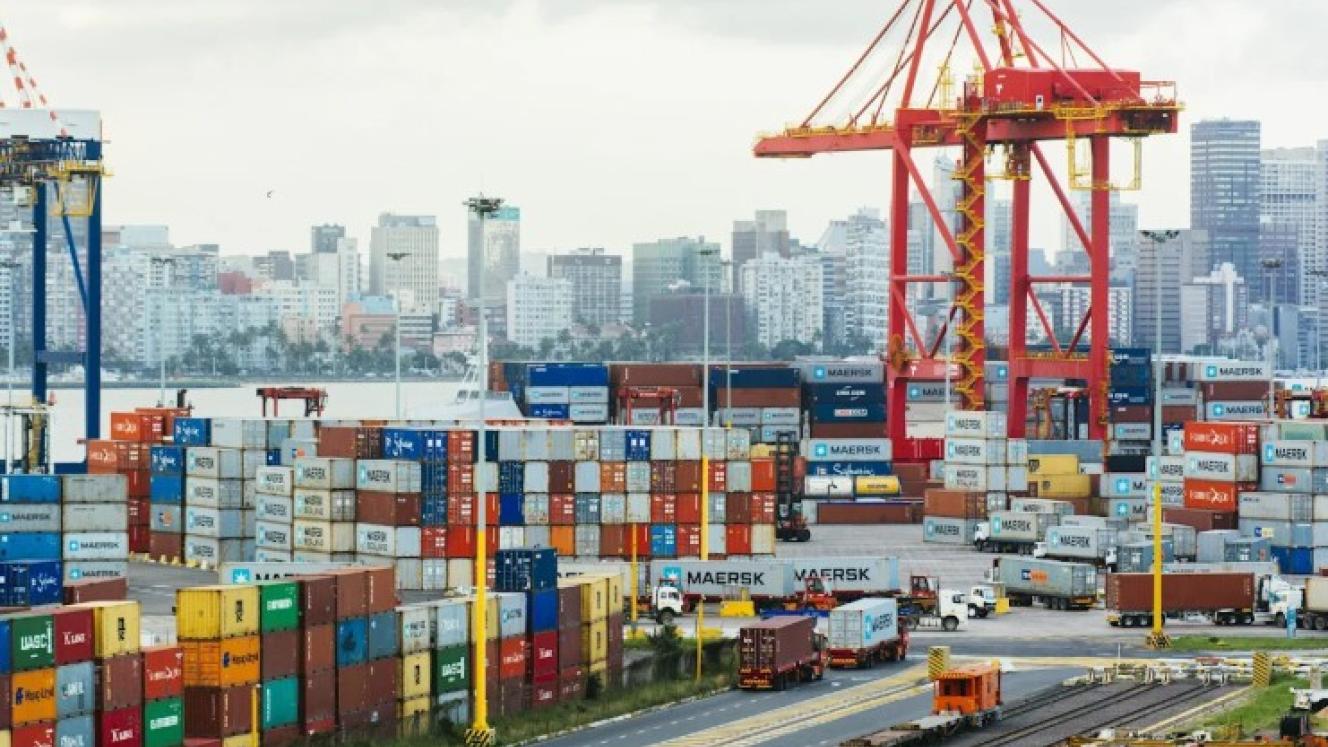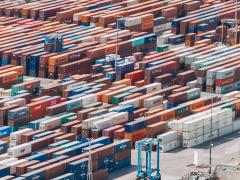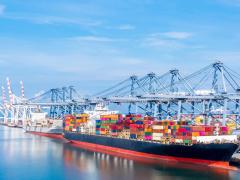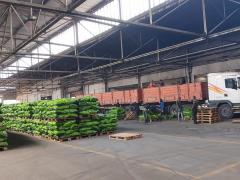A Chinese-operated Panamax container ship, Istanbul Bridge, has completed a six-day transit across Russia’s Northern Sea Route (NSR), highlighting the Arctic’s potential as a faster Europe-Asia shipping corridor.
Operated by Haijie Shipping Company, the vessel departed St Petersburg on August 18 and is expected to reach Qingdao on September 12, covering the entire Europe-to-Asia route via the Arctic in just 25 days.
This rapid transit, which included an additional 24 hours from Norway’s waters to the Bering Sea, marks one of the fastest crossings of the NSR.
Despite challenging sea ice in the East Siberian Sea, Istanbul Bridge, with its low 1 °C ice-class rating, maintained speeds of 12-14 knots through icy waters and averaged 15 knots across Russia’s main Arctic shipping lane, reaching peaks of 18.4 knots. The ship closely followed the coastline into the Chukchi Sea to avoid heavier ice, demonstrating the viability of Arctic routes for non-ice-class vessels in summer.
Istanbul Bridge will inaugurate Haijie Shipping’s new China-Europe Arctic Express, a seasonal liner service connecting Ningbo-Zhoushan, Qingdao, and Shanghai with major European ports, including Felixstowe, Rotterdam, Hamburg and Gdansk, on September 20.
The 18-day transit promises to cut shipping times significantly compared to the traditional 40-50-day Suez Canal route.
This marks the first regular container service through the Arctic, capitalising on the route’s shorter distance to meet the demands of time-sensitive cargo.
The Arctic Express is strategically timed for the holiday rush, enabling Chinese merchandise to reach European shelves by November, well ahead of the Christmas season. Haijie reports that the initial voyage is fully booked, reflecting strong demand from vendors seeking faster delivery and reduced inventory costs.
Istanbul Bridge, previously named Flying Fish 1, made history last summer as the first Panamax containership to navigate the NSR. This year, it was joined by nearly a dozen other container ships, including Newnew Polar Bear and Newnew Panda 1, which travelled in convoy last month.
Haijie plans to expand the service in 2026, potentially with high ice-class vessels to extend the shipping season.
Major carriers such as CMA CGM and MSC have avoided the Arctic, citing environmental concerns. The only notable Western voyage was Maersk’s one-off transit in August 2018 with the 3 596-TEU Venta Maersk from the Far East to St Petersburg.
